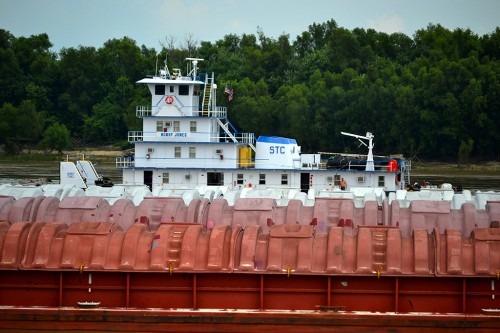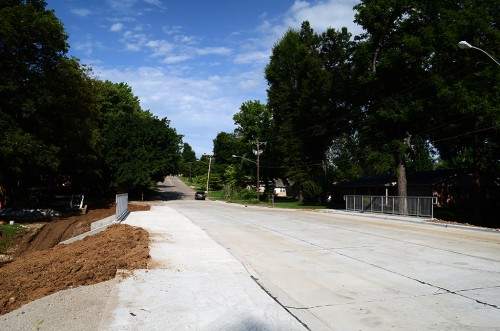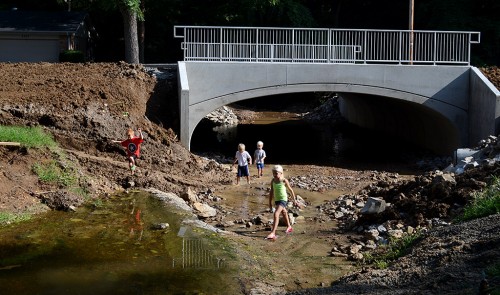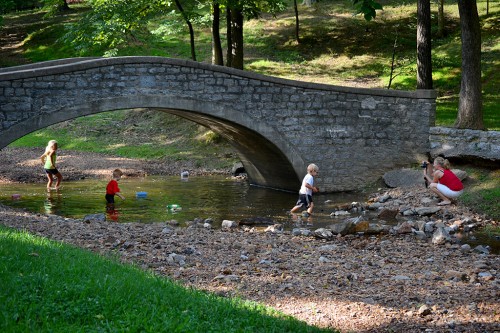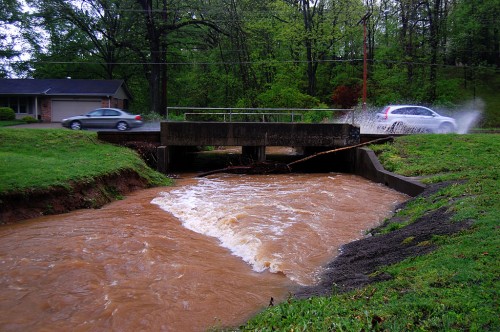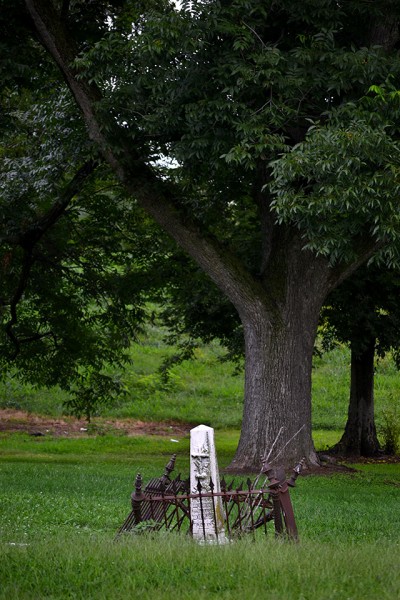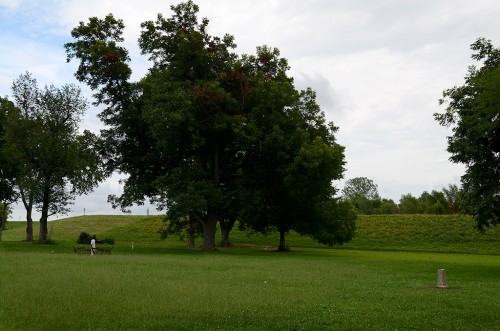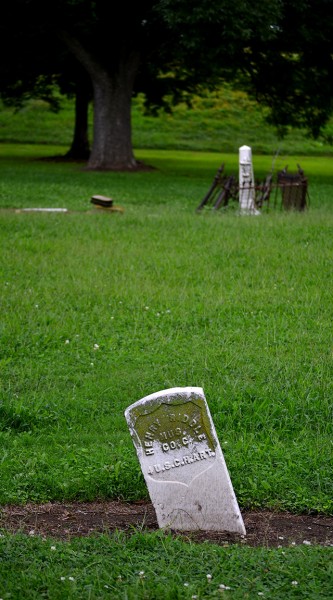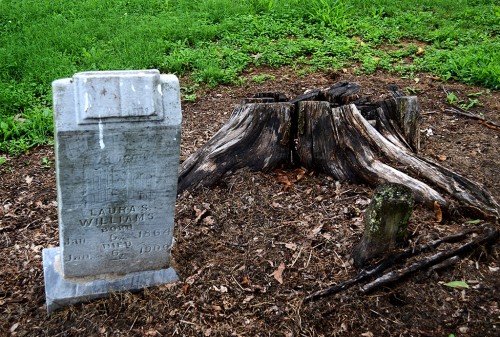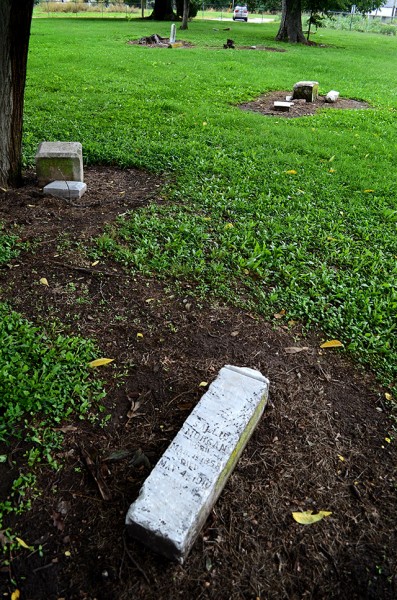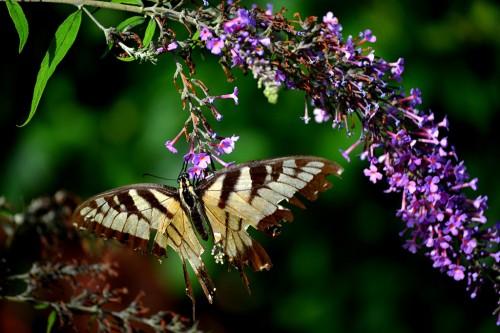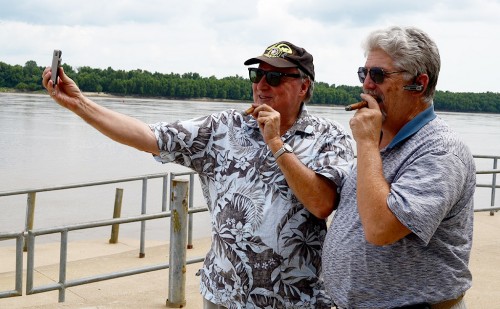 Terry Hopkins was in town to see his Dad, so we decided to meet for lunch. He was kind enough to take me out to LaGrand’s Transmissions to pick up my van, which was in for routine service. He said Brad Brune was going to meet us noonish at Broussard’s on Broadway.
Terry Hopkins was in town to see his Dad, so we decided to meet for lunch. He was kind enough to take me out to LaGrand’s Transmissions to pick up my van, which was in for routine service. He said Brad Brune was going to meet us noonish at Broussard’s on Broadway.
We arrived a couple of minutes after noon, but no Brad. We waited about 10 minutes, then took up the server’s invitation to grab a table, get something to drink and peruse the menu. We told her to be on the lookout for an older gentleman. “He’ll probably be in a walker, with an oxygen tank and a nurse helping him along.”
After waiting about 20 minutes, we apologized to the server and assured her that he’d be along any minute. “We’ll give him another five minutes.”
Brad had problems with AM and PM
Terry finally decided to call Brad to make sure he hadn’t forgotten us. His cockamamie excuse was that he had, indeed, set an alarm to remind him of our appointment, but that he had gotten AM and PM mixed up. He assured us that he would be reminded at midnight of our planned visit.
When the server came back, we explained that Brad was held up by a flat tire on his walker. “He’s able to top it off from his oxygen tank, but it’s a slow leak. He can’t shuffle too fast, so he only gets about 25 feet before he has to blow it up again.”
The server wondered why Brad’s nurse couldn’t help him. We explained that Brad has always been fiercely independent. We went ahead and ordered for him: the daily special of gumbo. “You may have to run it through a blender,” we warned her. “He has to take his food through a straw, and you wouldn’t want to be the one who has to clean out the clogs.”
Miracles of medical science
When Brad, operating on Brune Standard Time, finally showed up 45 minutes late, the server seemed genuinely disappointed to see that he arrived under his own power. We attributed it to a strong will and the miracles of medical science.
I sat back and listened to the two of them swap tales of athletic daring and female conquests. Or, maybe I have that backwards. I don’t think it’s worth looking up the score in either case. I had no stories to tell in either category, so mostly I listened in awe tinged with disbelief.
We strolled down to the river where Brad offered us chocolate-flavored cigars. I passed, but Terry enjoyed his with relish. I mean, he lit it up and savored it, I don’t mean that he slathered it with a pickle condiment.
Bobby Jones and Theresa L Wood dance
We watched, curious, at an intricate dance where the lightly-loaded northbound Bobby Jones passed the heavier and longer Theresa L. Wood, which had been idling against the current close to the riverfront. We kept waiting for the Wood to crank up the steam and follow, but the Bobby Jones slowed off Cape Rock and appeared to be drifting back downstream.
It all becomes clear
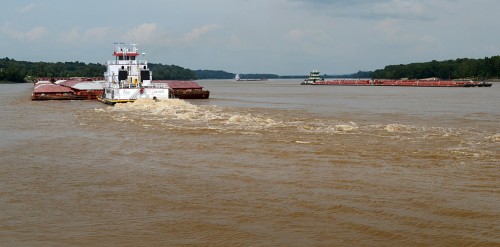 I went to the car to get my portable scanner to see if we could hear what was going on. By the time I got back, it all became clear: the two northbounders were holding fast to give the southbound Preston N. Shuford plenty of room to pass.
I went to the car to get my portable scanner to see if we could hear what was going on. By the time I got back, it all became clear: the two northbounders were holding fast to give the southbound Preston N. Shuford plenty of room to pass.
Had to take oblgatory floodwall photo
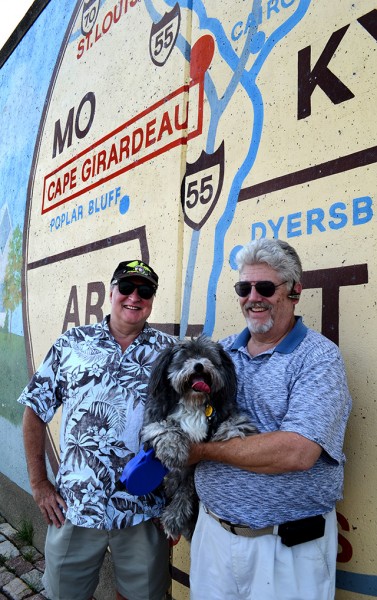 We finished our visit with the obligatory photo against the floodwall mural.
We finished our visit with the obligatory photo against the floodwall mural.
After abandoning Brad, Terry and I headed off on a super secret mission that you might read about tomorrow. I’ll try to use the Steinhoff Standard Time calendar and not the Brune Standard Time version. He may have B.C. and A.D. confused on it.
You can click on the photos to make them larger.

